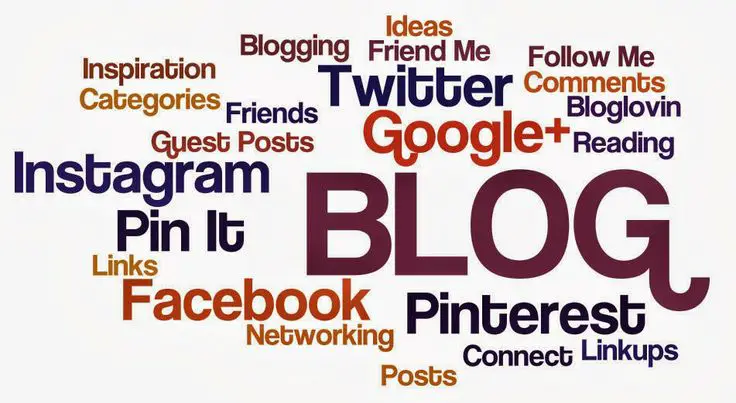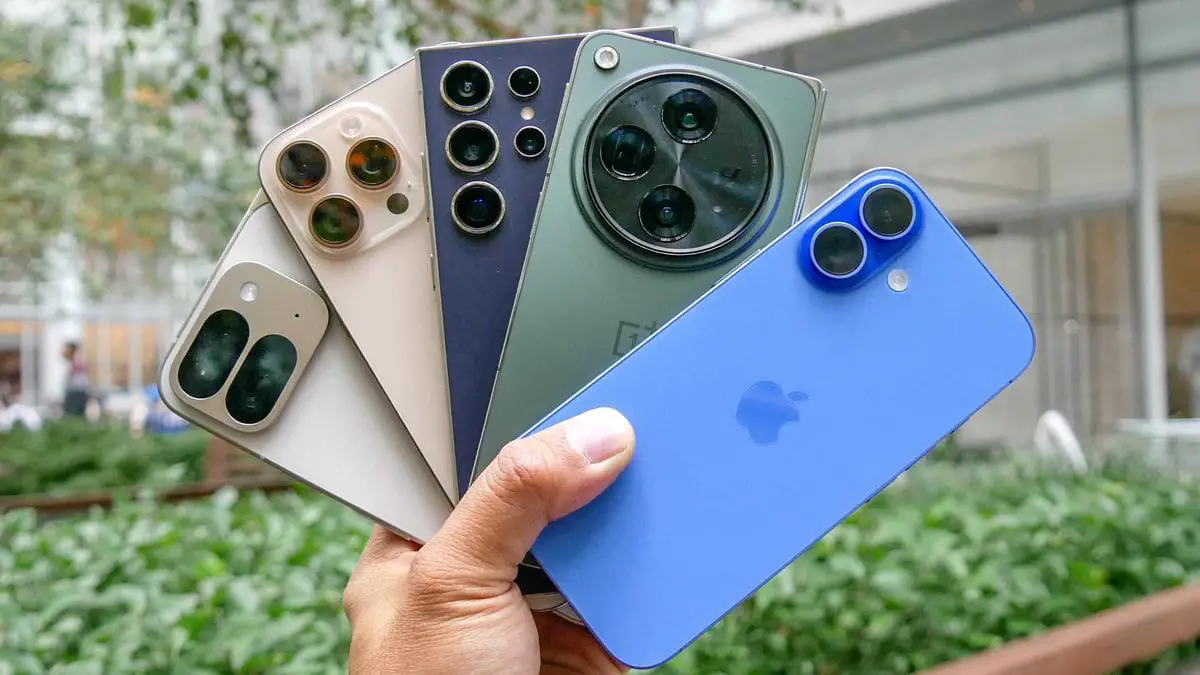In the digital age, content is king. From the moment we wake up and check our social media feeds to the time we fall asleep watching our favorite TV series or reading a book, content surrounds us at every turn. But what exactly is content, and why does it play such a crucial role in our lives? In this article, we’ll delve into the definition of content, explore its significance, and examine the impact of quality content on our daily existence. Moreover, we’ll uncover the secrets to creating top-notch content that captivates and engages audiences.
Defining Content
Content, in its most basic form, refers to the information, ideas, or creative expression presented in various mediums, such as text, images, videos, audio, and more. It encompasses a vast array of materials, including articles, blog posts, social media updates, podcasts, videos, photographs, music, and even memes. Content can serve various purposes, including informing, entertaining, educating, inspiring, and persuading.
The Role of Content in Our Lives
Content has become an integral part of our daily lives, shaping the way we interact, learn, and entertain ourselves. Here are some key roles that content plays in our lives:
- Information Dissemination: Content is a primary means of sharing information and news. We rely on newspapers, websites, and social media platforms to stay informed about current events, trends, and developments in the world.
- Education and Learning: Educational content, ranging from textbooks to online courses, helps us acquire knowledge and develop new skills. The internet, in particular, has democratized access to educational content, making learning more accessible to people worldwide.
- Entertainment: Content is a source of entertainment, offering movies, TV shows, music, books, and games that help us relax and unwind. Entertainment content has the power to evoke emotions, spark creativity, and provide an escape from our daily routines.
- Communication: Social media platforms, email, and messaging apps are platforms for sharing personal content with friends and family. They enable us to connect, share experiences, and maintain relationships, even across great distances.
- Marketing and Advertising: Businesses use content to promote their products and services. From catchy slogans to engaging advertisements, content influences consumer behavior and brand perception.
- Inspiration and Motivation: Content can inspire and motivate individuals to pursue their passions, overcome challenges, or embrace personal growth. Inspirational speeches, self-help books, and motivational videos are all examples of content designed to uplift and empower.
The Impact of Quality Content
Quality content has a profound impact on our lives, as it can inform, entertain, and inspire in meaningful ways. Let’s explore some of the key effects of quality content:
- Information Accuracy and Trust: High-quality content is often associated with accuracy and reliability. When consumers encounter well-researched and fact-checked content, they are more likely to trust the source and its message. This trust is vital in a world inundated with information, where misinformation and fake news are prevalent.
- Engagement and User Experience: In the digital realm, user engagement is a key metric for success. Quality content captures the audience’s attention, encourages them to interact, and fosters a positive user experience. Engaged audiences are more likely to stay loyal and return for more content.
- Educational Value: Educational content that is well-structured and engaging can facilitate effective learning. Whether it’s a comprehensive online course or an informative blog post, quality educational content empowers individuals to acquire knowledge and develop skills.
- Emotional Connection: Quality content has the ability to evoke emotions, whether it’s through a heartwarming story, a thought-provoking documentary, or a gripping novel. Emotional connections formed through content can lead to lasting memories and deep personal reflections.
- Cultural Impact: Certain content, such as literature, films, and music, can leave an indelible mark on society and culture. Quality content has the power to shape cultural norms, challenge stereotypes, and foster social change.
- Influence and Persuasion: In the realm of marketing and advertising, well-crafted content can persuade consumers to take specific actions. Whether it’s making a purchase, subscribing to a newsletter, or supporting a cause, quality content can be a potent tool for influencing behavior.
Creating Quality Content
Creating quality content is both an art and a science. It requires careful planning, creativity, and attention to detail. Here are some essential steps and considerations for producing top-notch content:
- Understand Your Audience: Before creating content, it’s crucial to know your target audience. What are their interests, needs, and preferences? Tailor your content to resonate with your intended audience.
- Research and Planning: Conduct thorough research to gather information, data, and insights related to your topic. Plan the structure and flow of your content, outlining key points and organizing your thoughts.
- Originality and Uniqueness: Aim to offer something distinctive in your content. Whether it’s a fresh perspective, unique insights, or a creative approach, originality sets quality content apart.
- Clarity and Conciseness: Clear and concise communication is essential. Avoid jargon and convoluted language, and ensure your message is easily understandable to a wide audience.
- Engaging Headlines and Introductions: Capture your audience’s attention from the outset with compelling headlines and introductions. A strong start piques curiosity and encourages readers or viewers to continue.
- Visual Appeal: Incorporate visuals, such as images, graphics, and videos, to enhance the visual appeal of your content. Visual elements can help convey complex information and make the content more engaging.
- Quality Writing and Editing: Pay close attention to grammar, spelling, and punctuation. Edit your content for clarity and coherence. If possible, have someone else review your work for feedback.
- Value and Relevance: Ensure that your content provides value to your audience. Whether it’s informative, entertaining, or inspirational, it should meet the needs or interests of your target audience.
- Consistency: Maintain a consistent style, tone, and brand voice across your content. Consistency helps build a recognizable brand identity.
- Promotion and Distribution: Once you’ve created quality content, don’t forget to promote and distribute it effectively. Share it on relevant platforms, leverage social media, and engage with your audience to generate interest and discussion.
Conclusion
Content is an integral part of our modern lives, serving as a vehicle for information, entertainment, education, and communication. The impact of quality content cannot be overstated, as it influences our perceptions, behaviors, and experiences. Whether you’re a content creator, marketer, or consumer, understanding the value of quality content is essential in today’s digital landscape. By adhering to best practices and continuously striving for excellence, we can harness the power of content to inform, inspire, and connect with others in meaningful ways. So, the next time you create or consume content, remember the profound role it plays in shaping our world.
FQAs about What is Content
Here are some frequently asked questions (FAQs) about what content is:
- What is content?
- Content refers to any information or material created and shared through various mediums, such as text, images, videos, or audio, for communication, education, entertainment, or other purposes.
- What are the different types of content?
- Content can take many forms, including written articles, blog posts, social media updates, videos, podcasts, infographics, photos, ebooks, and more.
- Why is content important?
- Content plays a crucial role in conveying information, engaging audiences, building brand awareness, driving traffic to websites, and establishing authority in various fields.
- How is content created?
- Content is created through a process that involves brainstorming ideas, researching topics, writing or producing the content, editing and revising it, and then publishing or sharing it through appropriate channels.
- What is the difference between content creation and content marketing?
- Content creation is the process of producing material, while content marketing is the strategy of promoting and distributing that material to reach and engage a target audience.
- What is user-generated content (UGC)?
- User-generated content refers to content created by customers, users, or fans of a brand or product. It includes reviews, testimonials, social media posts, and other content generated by consumers.
- How does content impact SEO (Search Engine Optimization)?
- High-quality, relevant content can improve a website’s SEO by increasing its visibility in search engine results. Search engines often rank websites with valuable content higher.
- What is evergreen content?
- Evergreen content is content that remains relevant and valuable to readers over an extended period, as opposed to time-sensitive or trending content.
- What is the role of storytelling in content creation?
- Storytelling is a powerful technique used in content creation to engage and connect with audiences on an emotional level. It helps convey messages and information in a memorable way.
- How can I measure the success of my content?
- Content success can be measured through various metrics, including website traffic, social media engagement, conversion rates, click-through rates, and audience feedback.
- What is the content marketing funnel?
- The content marketing funnel is a model that represents the stages a potential customer goes through, from awareness to conversion, through content engagement. It includes stages like awareness, consideration, and decision.
- How can I repurpose content?
- Content can be repurposed by taking existing material and adapting it into different formats. For example, you can turn a blog post into a video, an infographic, or a podcast episode.
- Is content creation the same as content curation?
- No, they are different. Content creation involves producing original material, while content curation involves finding and sharing existing content from other sources that is relevant and valuable to your audience.
- What are some best practices for content creation?
- Best practices include understanding your audience, conducting keyword research, creating high-quality and unique content, optimizing for SEO, promoting your content, and measuring its performance.
- How often should I create and publish content?
- The frequency of content creation and publication depends on your goals, resources, and audience. Consistency is important, so choose a schedule that you can maintain.
Remember that the field of content creation is dynamic, and best practices can evolve. It’s essential to stay updated with current trends and adapt your content strategy accordingly.







Leave a Reply